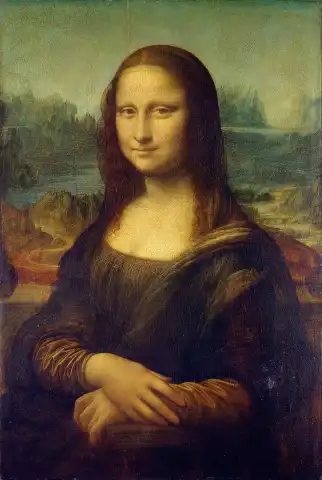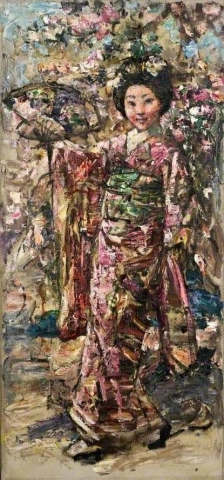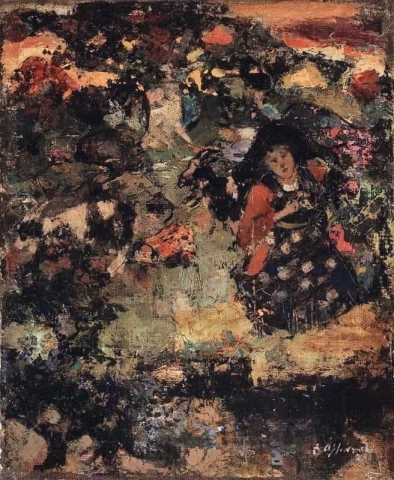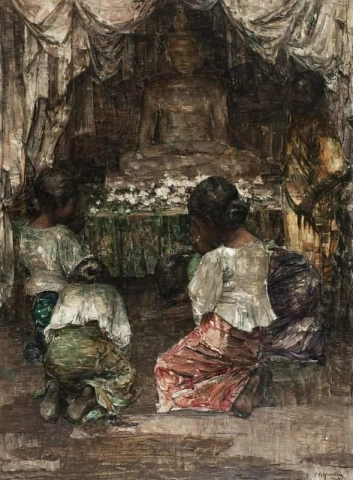
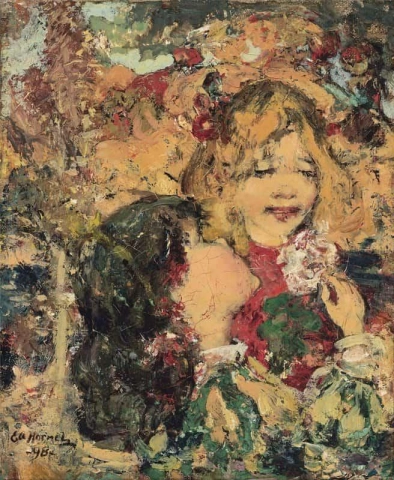
Hand painted reproductions of Edward Atkinson Hornel
Edward Atkinson Hornel: A Master of Symbolism and Dreamlike Realism
Edward Atkinson Hornel (1864–1933) was a Scottish painter renowned for his vivid and atmospheric works that blend realism with symbolism. He is best known for his distinctive style, which often portrays the natural world and the human figure in dreamlike, almost otherworldly scenes. Hornel was a prominent member of the Glasgow School, a collective of artists who played a key role in the development of modern art in Scotland during the late 19th and early 20th centuries. His works, which often depict lush, exotic landscapes and detailed studies of nature, reflect a unique blend of influences, including the Pre-Raphaelite and Symbolist movements, while also embracing the influence of Japanese art and the Art Nouveau style.
Early Life and Education
Born in 1864 in the town of Kirkcudbright, Scotland, Hornel developed a passion for art at an early age. He attended the Royal Scottish Academy in Edinburgh and later studied at the Glasgow School of Art, where he became acquainted with other important artists of the period, including Charles Rennie Mackintosh and the influential Glasgow Boys. The Glasgow Boys were known for their naturalistic depiction of rural Scotland, but Hornel’s style would evolve to include more fantastical and symbol-laden elements.
Hornel’s formative years were marked by travels to continental Europe, including trips to Paris, where he encountered the works of the Impressionists, and later to Japan, where he was influenced by the country’s aesthetic and artistic traditions. His exposure to Japanese art and design would become a significant influence on his later works, especially in his depictions of nature and his use of color.
Artistic Development and Style
Hornel’s early work was heavily influenced by the Glasgow Boys, but as his style developed, he moved away from their focus on realism and began to explore more symbolic and atmospheric themes. Drawing on elements from the Pre-Raphaelite movement, Hornel’s paintings became increasingly filled with intricate details and saturated with vivid color. His works often feature lush, idyllic landscapes, meticulously rendered flowers, and figures bathed in soft, otherworldly light. This dreamlike quality is one of the hallmarks of Hornel's style, and his use of symbolism reflects the influence of the Symbolist movement, which sought to express the inner emotions and spiritual realities of life.
One of the most significant aspects of Hornel's work is his attention to detail and his ability to evoke a sense of beauty and tranquility through his scenes of nature. Hornel’s landscapes, often filled with bright blooms and expansive skies, convey a deep connection to the natural world, yet there is an ethereal quality to them, as if the scenes he depicted existed in a parallel, dreamlike realm.
Hornel’s works also frequently incorporate figures, often women, who seem to float or blend seamlessly into the natural surroundings. This connection between humanity and nature is another defining characteristic of his work, which often explores the spiritual and emotional relationship between people and the world they inhabit.
Another important influence on Hornel’s style was his time in Japan. After visiting the country in the 1890s, he became captivated by the simplicity, elegance, and harmony found in Japanese art. This influence is most evident in his later works, where the use of bold color, intricate patterns, and an emphasis on nature mirrors the aesthetics of Japanese woodblock prints and other traditional Japanese art forms.
Themes and Significance
The central themes of Hornel’s art are often nature, spirituality, and the human connection to the natural world. His works convey a sense of calm and serenity, as well as an underlying spirituality that connects human existence to the natural order. Many of his paintings depict scenes of young women in gardens or meadows, surrounded by flowers and the natural world, which creates a harmonious relationship between humanity and the earth.
Hornel’s use of symbolism also explores themes of memory, desire, and the passage of time. His paintings often evoke a sense of nostalgia or longing, with figures who seem to exist in a state of reverie or contemplation. This dreamlike quality, coupled with his vivid color palette and intricate detail, gives Hornel’s works a timeless quality that invites the viewer into a world of beauty and introspection.
One of the most striking aspects of Hornel’s work is the way he uses color to create mood and atmosphere. His later works, in particular, are filled with rich, saturated hues that evoke a sense of mystery and emotional depth. Whether it is the deep greens of the countryside, the brilliant colors of flowers, or the soft light that bathes his figures, Hornel’s use of color adds an additional layer of meaning and emotional resonance to his paintings.
Achievements and Influence
Edward Atkinson Hornel achieved significant recognition during his lifetime. He exhibited his work widely, including at the Royal Scottish Academy and the Royal Academy in London, and became a respected member of the Glasgow School. His work was celebrated for its technical skill, emotional depth, and attention to detail. However, his fame declined after his death, and his work was somewhat overlooked for much of the 20th century. In recent years, however, there has been a renewed interest in Hornel’s art, with scholars and art lovers rediscovering his contributions to the Symbolist and Glasgow School movements.
His influence can be seen in the work of later artists, particularly in the way he fused nature with human emotion and spirituality. Hornel’s innovative approach to color, detail, and composition paved the way for the development of a more atmospheric, symbolic style of painting that would influence future generations of artists.
Legacy
Today, Edward Atkinson Hornel is celebrated as one of Scotland's most important painters, and his works are held in significant collections across the UK, including the Scottish National Gallery. His art continues to captivate viewers with its beauty, symbolism, and emotional depth. Hornel's ability to evoke the spiritual and emotional connection between humans and the natural world remains a central part of his lasting legacy.
Where to Find Reproductions of Edward Atkinson Hornel’s Art
Reproductions of Edward Atkinson Hornel’s evocative landscapes and dreamlike figures are available at POD. These reproductions offer an opportunity to bring the serene beauty and emotional depth of Hornel’s art into your own space.
Imagine owning an original-style painting by one of the greatest artists in history. At POD, we offer you the chance to make this dream a reality. Each canvas is faithfully reproduced down to the smallest detail, allowing you to experience the beauty of the artist’s vision in your own home.
Our reproductions are crafted by experienced painters using the finest materials and time-honored methods. We are committed to delivering works of exceptional quality that will inspire and bring joy to your family for generations to come.
